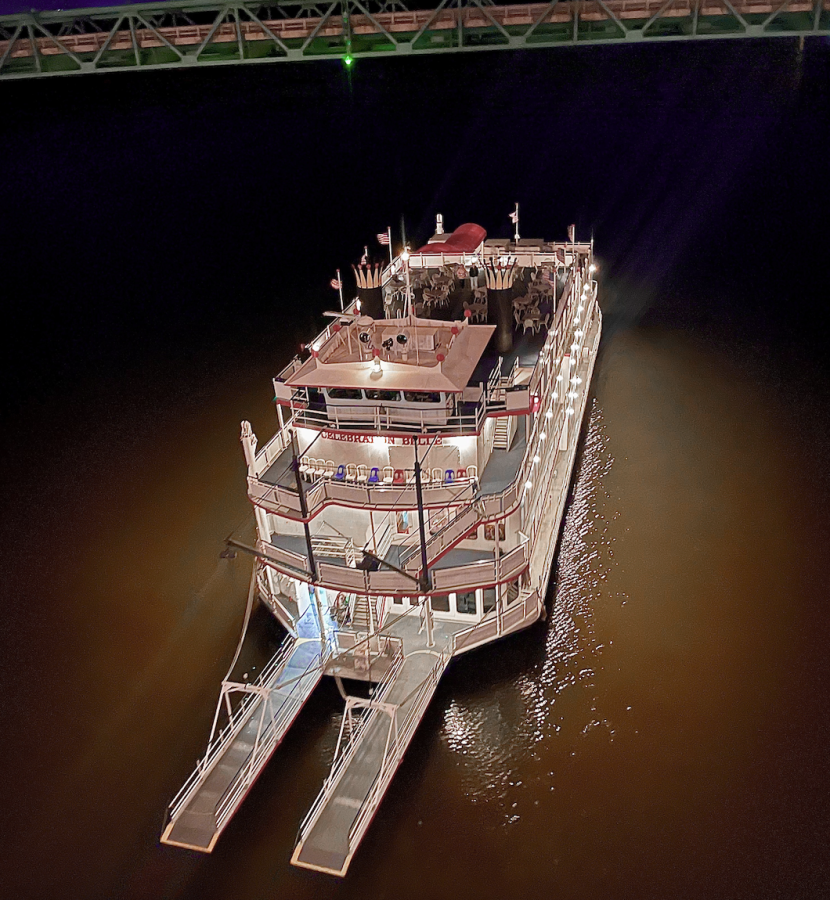The Mississippi River, often referred to as the “Mighty Mississippi,” suffers from drought and low water levels. Essential to the transportation of goods, states residing along the river face an issue: water levels are not high enough. This drought can be attributed to low rainfall. There has not been sufficient rainfall since late August.
The Mississippi River serves as the means of transportation for 60% of the nation’s foreign-bound corn and soybeans, which has an economic implication of $17.2 billion. Iowa and Illinois are the country’s two largest producers of plant exports, using the Mississippi as a necessitous means of export.
In 2016, Iowa’s corn exports via waterways produced 261 jobs, $133 million in economic output, and contributed $18 million to the nation’s GDP.
The Mississippi’s water levels are low enough that barges are getting stuck on the streambed and cannot transport the goods they possess. Over 2,000 barges are delayed and on pause due to the water levels.
How can companies combat this issue?
PV economics teacher Philip George states, “As the barges get stuck, this slows the transportation of goods and increases business costs as they have to deal with delays. They can change the mode of shipment to freight or air travel,” he stated. “Each has its own unique issues or costs depending on what is being shipped. Or they may just slow production rather than take on the increased costs or issues of other modes of transportation.”
Other modes of transportation are significantly more costly, meaning the profit margins will decrease. This will diminish the incentive of profit and drive costs up for farmers and producers, possibly causing them to go out of business.
“This would have impacts on both regional economies and then by extension the national economy as well due to it slowing the movement of both final goods and intermediate goods, which will impact the production of other products,” George continued.
As the extreme drought continues, consumers can expect an increase in prices at the grocery stores and possible extended wait times for specific products at a local and national level. The only expeditious solution in sight is increased rainfall.











Halle • Nov 30, 2022 at 5:26 pm
Great article! I think it is really sad to see the low water levels in the Mississippi.
Cole Pearson • Nov 11, 2022 at 8:54 am
It is not good to see the water levels declining on the Mississippi. Not only for the products that get shipped by barges and the people who transport the goods but for commercial use too. Everyone who puts their boat on the river should know of this so they can avoid dangerously low areas and avoid damage to their boats and harm to their family.
Cole Pearson • Nov 10, 2022 at 10:50 am
It is sad to see the water levels declining on the river because some people find their jobs on the river and if their work cannot make it to their destination then they will be laid off. I believe this is also important information to know where the water levels are low for recreational use for the families that take their boats out on the river because some places may no longer be safe.
CJ Smith • Nov 8, 2022 at 8:57 am
I was immediately attracted to the article because of the title and image. I continued to be interested because of the big numbers and interest in learning how important the Mighty Mississippi is. I also love how well the author explained in simple terms the impact of the low water levels.